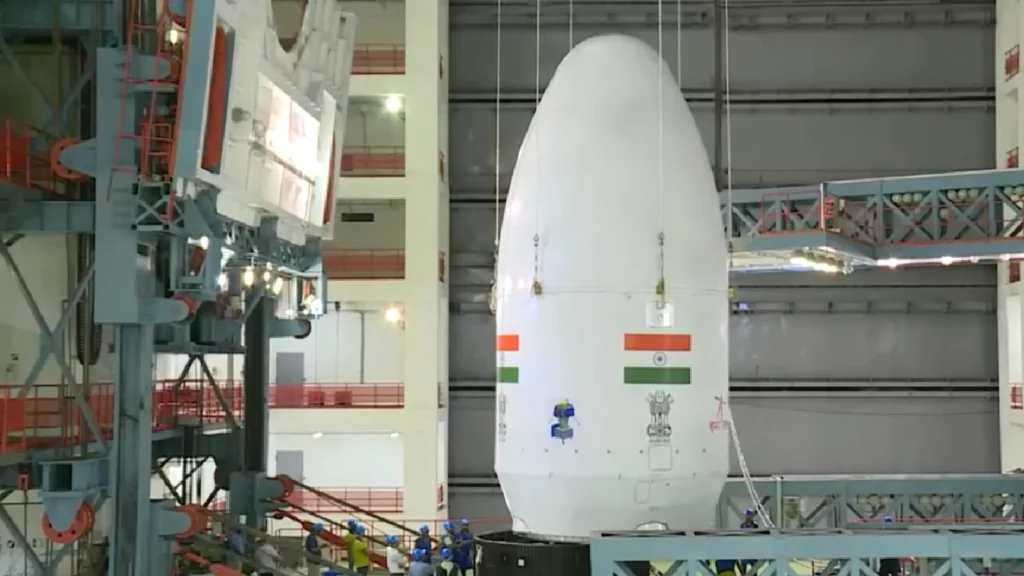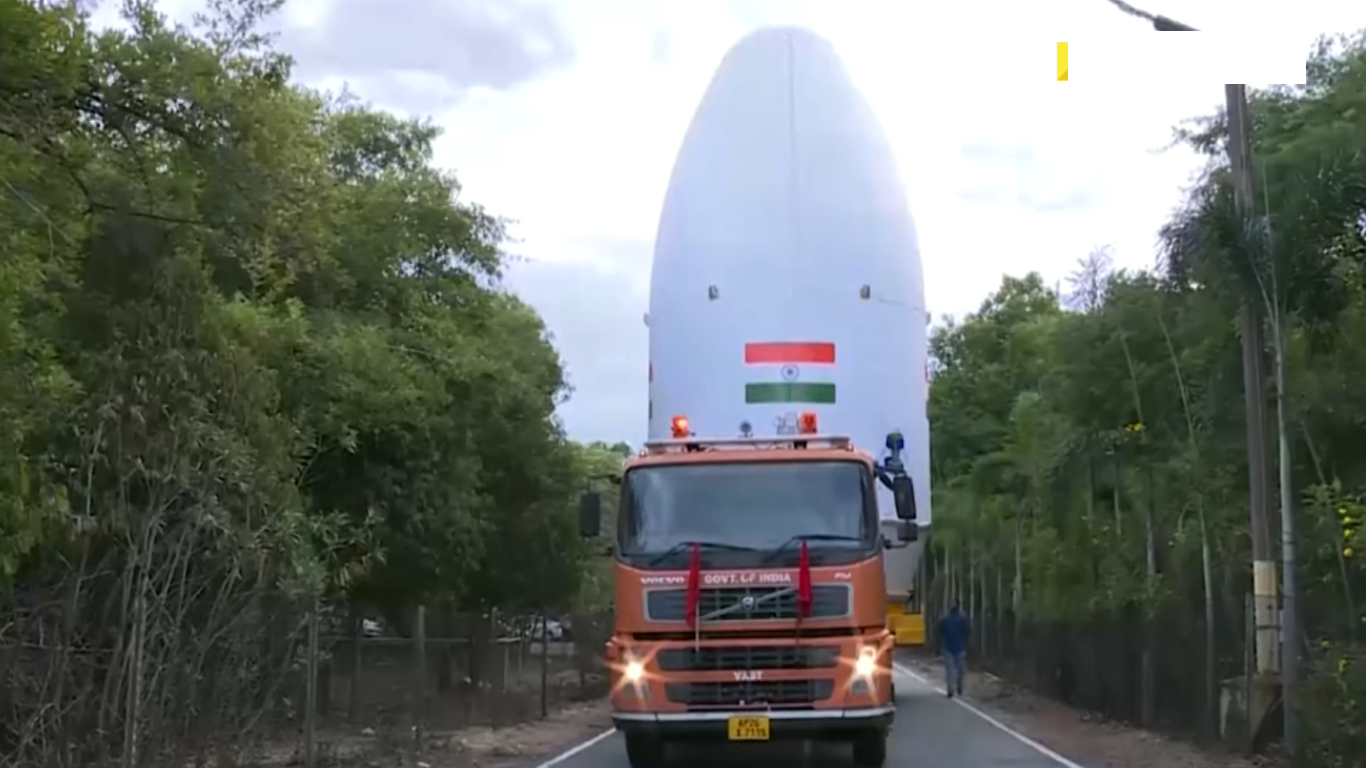India is gearing up for its next lunar adventure, Chandrayaan-3, which aims to land a rover near the moon’s south pole in 2024. The mission will be a follow-up to Chandrayaan-2, which attempted a soft landing in the same region in 2019 but failed due to a technical glitch.

India is gearing up for its third lunar exploration mission, Chandrayaan-3, which will attempt to land a robotic rover on the moon’s surface near the south pole. The mission is scheduled to launch on July 14, 2023, from the Satish Dhawan Space Centre in India, using a three-stage rocket called the Launch Vehicle Mark-3 (LVM3).
The south pole of the moon is of great scientific interest because it hosts permanently shadowed craters that may contain water ice and other volatiles. These resources could be useful for future human exploration and settlement of the moon. The south pole also offers a unique vantage point for observing the solar system and the universe.
Chandrayaan-3 will consist of a lander and a rover, which will be launched by a Geosynchronous Satellite Launch Vehicle (GSLV) from the Satish Dhawan Space Centre in Sriharikota, India. The lander will carry four scientific instruments, including a seismometer, a thermal probe, a Langmuir probe and a retroreflector. The rover will carry two instruments, a laser-induced breakdown spectroscopy (LIBS) and an alpha particle X-ray spectrometer (APXS).
The mission will target a landing site near the lunar south pole, where the rover will explore the surface for about 14 Earth days (one lunar day). The rover will communicate with the lander, which will relay the data to the Indian Deep Space Network (IDSN) on Earth. The mission will also demonstrate India’s technological capabilities in landing and roving on the moon.
Chandrayaan-3 is part of India’s ambitious lunar exploration program, which began with Chandrayaan-1 in 2008. Chandrayaan-1 was the first Indian mission to orbit the moon and discovered traces of water molecules on the lunar surface. Chandrayaan-2 was launched in 2019 and successfully inserted an orbiter around the moon, which is still operational and providing valuable data. Chandrayaan-3 will be India’s third lunar mission and its second attempt to land on the moon.
India is not alone in its quest to explore the moon’s south pole. NASA’s Artemis program plans to send astronauts to the lunar south pole by 2024, as well as establish a sustainable presence there by 2030. China’s Chang’e-4 mission landed a rover on the far side of the moon near the south pole in 2019 and is still operating. China also plans to launch Chang’e-6, which will collect and return samples from the lunar south pole, in 2024.
The moon’s south pole is a new frontier for science and exploration, and India is ready to join the race. Chandrayaan-3 will be a milestone for India’s space program and a contribution to humanity’s understanding of our nearest celestial neighbor.
Why is Chandrayaan-3 important?
Chandrayaan-3 is an ambitious and challenging mission for India, which hopes to join the elite club of countries that have successfully landed on the moon. The mission is also seen as a demonstration of India’s growing geopolitical and scientific aspirations in space.
India has been investing heavily in its space program in recent years, launching several satellites for communication, navigation, remote sensing and scientific purposes. It has also sent probes to Mars and Venus, and plans to send astronauts to low Earth orbit by 2024.
By landing on the moon, India aims to showcase its technological prowess and scientific potential, as well as to inspire future generations of scientists and engineers. The mission could also pave the way for future lunar missions, such as sample return or human exploration.
The mission could also contribute to the global understanding of the moon and its resources, which could have implications for future exploration and utilization. For example, finding water ice on the moon could provide a source of fuel and drinking water for future missions. Studying the lunar craters could also reveal information about the formation and evolution of the moon and other planetary bodies.
The goal of Chandrayaan-3 is to land a rover near the moon’s south pole and conduct scientific experiments on the lunar surface. The mission will also demonstrate India’s technological capabilities in landing and roving on the moon.
For more details information visit ISRO’s website (isro.gov.in), where you can find official updates, press releases, images, and videos of the mission.
